how to fix christmas lights when half the string is out
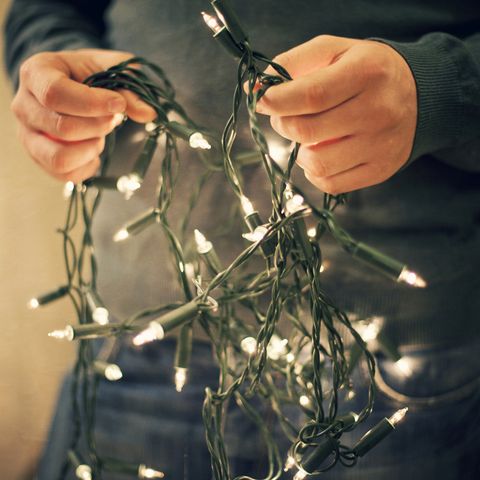
Sally Anscombe Getty Images
The joyous holiday season is nearly upon us, but there's one tradition I hope to avoid this year: dealing with burned-out Christmas lights.
Each holiday season I unpack, untangle, and plug in the previous year's mini lights, only to discover they don't work. Sometimes individual lights are burned out, and other times the entire string seems dead. Are these lights worth saving, or should I just toss them out and buy new ones?
🔨You love badass DIY projects. So do we. Let's build some cool stuff together.
I admit that diagnosing and fixing Christmas lights can be frustrating, but with a little determination and a few specialty tools, you can repair most faulty light strings.
This content is imported from {embed-name}. You may be able to find the same content in another format, or you may be able to find more information, at their web site.
How to Fix Christmas Lights

filo Getty Images
1. Diagnose the problem.
Carefully inspect each string of lights before plugging it into an electrical outlet. If you see cracked or slit insulation, frayed or bare wires, or damaged plugs, discard the string.
Now, determine if it's actually a bad bulb causing the malfunction or something else. If it's a smaller light set, it's likely wired in series: the electrical current passes through each individual bulb in order to complete the circuit and illuminate the set.
Larger light sets often have two or more circuits wired in parallel, which explains why sometimes just a section of the string goes dark. In most cases, simply replacing one bad bulb will fix the entire set or one darkened section of it.
2. Find the bad bulb, and swap it out.
Locating the one faulty bulb that's causing the problem can be tricky. The best option is to use either an electrician's multimeter or a tool specifically designed for repairing Christmas lights, such as the Lightkeeper Pro. It combines a voltage detector, bulb remover, bulb and fuse testers, and shunt repairer in one compact tool.
You may be able to reveal the bad bulb by simply plugging the lights into an electrical outlet. If you're lucky, the "bad" bulb isn't actually bad at all. It may just be loose and needs to be pressed down more firmly into its socket.
Also, remove the bulb and look closely at the two tiny wires protruding from its base. They should be firmly attached and not touching each other. Plus, each wire should be laid flat against the outside of the bulb. When you push the bulb back into its socket, the wires complete the electrical connection.

Voltage Tester
Klein Tools platt.com
$23.34
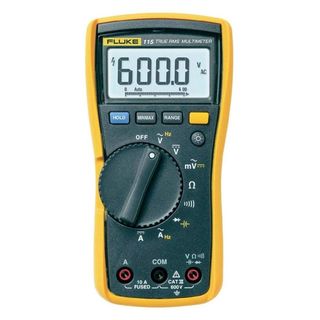
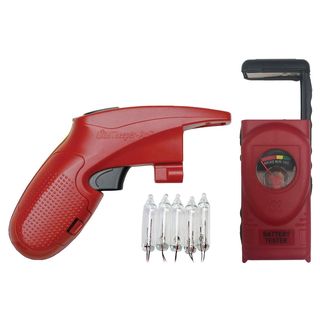
Miniature Light Repairing Tool

Long String White Mini Clear Lights (100 Count)
You can also test the bulb using the LightKeeper Pro, or a multimeter. If you discover the bulb is burned out or damaged, replace it with a new bulb. Just be sure it has the proper voltage rating or you risk damaging the whole light set.
3. Fix the faulty filament or shunt.
If all or part of a string of lights is dark, the problem may be a broken filament or a faulty shunt. (A shunt is a device that allows current to continue flowing through a circuit by creating a path of lower resistance than the original path. In incandescent holiday lights, shunts are small wires wrapped beneath the filament.)
If a bulb's filament breaks, the shunt redirects current through the base of the bulb, maintaining the electrical circuit. A faulty shunt may sound like a catastrophic failure, but you can often fix it with the LightKeeper Pro.
Simply plug in the light strand and remove a bulb that's in or near the dark section. Next, insert the tool into the bulb's socket and squeeze the trigger to activate a piezo circuit. A high-energy pulse will shoot through the set and after about 20 pulses any faulty shunt should be re-activated. Pretty cool, right?
If you're still having trouble locating the broken circuit, try using a voltage detector. You can buy one for about $10 or so, but there's also one built into the LightKeeper Pro.
4. Replace the fried fuse.
If the voltage detector doesn't find anything wrong, there's one more thing to try: Check the tiny fuse located behind a small sliding door on the male end of the plug. If the fuse is fried (you can check it with the LightKeeper Pro), replace it with a new one of the same amperage, which should be indicated on the plug. If after all the testing the light string still doesn't illuminate, it's time to get some new lights.
5. Upgrade your lights.
If you're buying new lights, consider upgrading to LED Christmas lights. There are many benefits to LEDs that make them a great choice over incandescents. They're more energy efficient, last much longer, and can be programmed to display different colors and patterns. Plus, LED lights are more durable and less likely to break than traditional bulbs. Here are some of our favorite string Christmas lights for indoors and out.
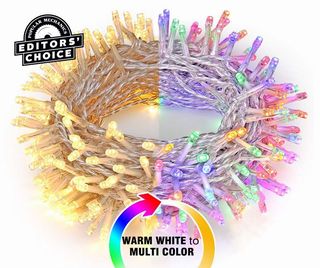
EDITORS' CHOICE
Warm White LED String Lights
Brizled amazon.com
$22.99

BEST WHITE LIGHTS
Mini Clear Christmas Lights
SYLVANIA
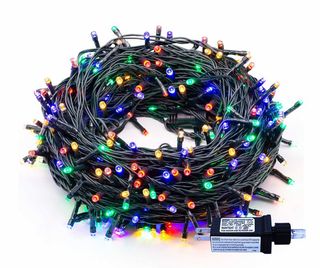
MOST VIBRANT
Fairy Twinkle Christmas Lights

BEST LARGE BULB
Ceramic Multi-Color Lights
🎥 Watch this next:
Joseph Truini Joe is a former carpenter and cabinetmaker who writes extensively about remodeling, woodworking, and tool techniques.
This content is created and maintained by a third party, and imported onto this page to help users provide their email addresses. You may be able to find more information about this and similar content at piano.io
how to fix christmas lights when half the string is out
Source: https://www.popularmechanics.com/home/a3231/how-to-fix-christmas-lights/
Posted by: sandlinbervelp82.blogspot.com

0 Response to "how to fix christmas lights when half the string is out"
Post a Comment